for Hydroponic and Traditional Growing Methods, Optimal Plant Containers: A Comprehensive Review of Leading Products
Table of Contents
Hydroponic and Traditional Growing Methods
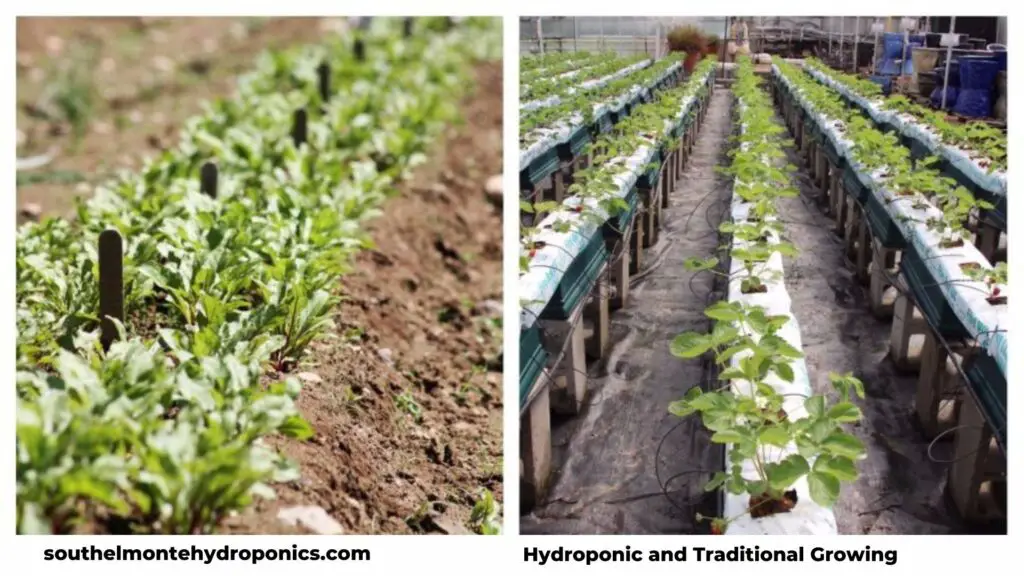
Understanding Different Types of Garden Pots for Hydroponic and Traditional Growing
There are a variety of garden pots available for both Hydroponic and Traditional Growing Methods. Understanding the different types of pots can help you make informed decisions when it comes to choosing the right ones for your specific needs.
Hydroponic and Traditional Growing, For hydroponic gardening, some common types of garden pots include net pots, aeroponic pots, and plastic pots with drainage holes. Net pots are typically made of plastic and have large openings to allow the roots to grow freely and access nutrients. They are commonly used in systems where the plants are suspended in nutrient-rich water. Aeroponic pots, on the other hand, are designed to mist the roots with a nutrient solution, creating a highly oxygenated environment. These pots are often used in advanced hydroponic setups. Plastic pots with drainage holes are more versatile and can be used in various hydroponic systems. They allow excess water to drain out, preventing waterlogging and promoting healthy root growth.
Traditional garden pots, on the other hand, come in a range of materials including ceramic, terracotta, and plastic. Ceramic pots are known for their durability and aesthetic appeal, but they can be heavy and prone to breakage. Terracotta pots are popular for their natural look, breathability, and moisture regulation. However, they can be prone to cracking and may require more frequent watering. Plastic pots, on the other hand, are lightweight, affordable, and available in various sizes and styles. Hydroponic and Traditional Growing are widely used because they are durable, lightweight, and have excellent drainage properties.
Understanding the different types of garden pots available for hydroponic and traditional growing methods can help you choose the most suitable containers for your plants. Whether you are considering the specific needs of hydroponic systems or traditional gardening practices, there are pots available that cater to your requirements. By considering factors such as material, drainage, and root access, you can ensure optimal growth and health for your plants.
Exploring the Benefits and Drawbacks of Hydroponic and Traditional Growing pots
Hydroponic garden pots have gained significant popularity among gardening enthusiasts due to their numerous benefits. One of the major advantages is the efficient use of water. Hydroponic systems allow for water recirculation, minimizing water wastage and promoting conservation. In traditional gardening methods, water is typically lost through evaporation and drainage, resulting in higher water usage.
Another key benefit of hydroponic garden pots is their ability to maximize yield. With precise control over the nutrient levels and environmental conditions, plants grown in hydroponic systems tend to grow faster and produce higher yields compared to traditional methods. This can be particularly advantageous in areas with limited space, as hydroponics allows for vertical farming and maximizes productivity within a smaller area.
However, despite these benefits, there are also drawbacks associated with Hydroponic and Traditional Growing garden pots. One of the main concerns is the initial investment cost. Hydroponic systems, especially larger ones, can be more expensive to set up compared to traditional gardening methods. The cost of equipment, infrastructure, and maintenance can be significant, making it a less accessible option for some gardeners.
Additionally, hydroponic systems require a higher level of technical knowledge and expertise. Monitoring and adjusting nutrient levels, pH balance, and environmental conditions require a certain level of understanding and attention to detail. This may pose a challenge for beginner gardeners or those who prefer a more hands-off approach.
In conclusion, hydroponic garden pots offer several benefits, including water efficiency and increased yields. However, these advantages must be balanced against the initial investment costs and the need for technical expertise. Ultimately, the choice between hydroponics and traditional gardening methods depends on individual preferences and circumstances. By considering these factors, gardeners can make informed decisions and choose the method that best suits their needs.
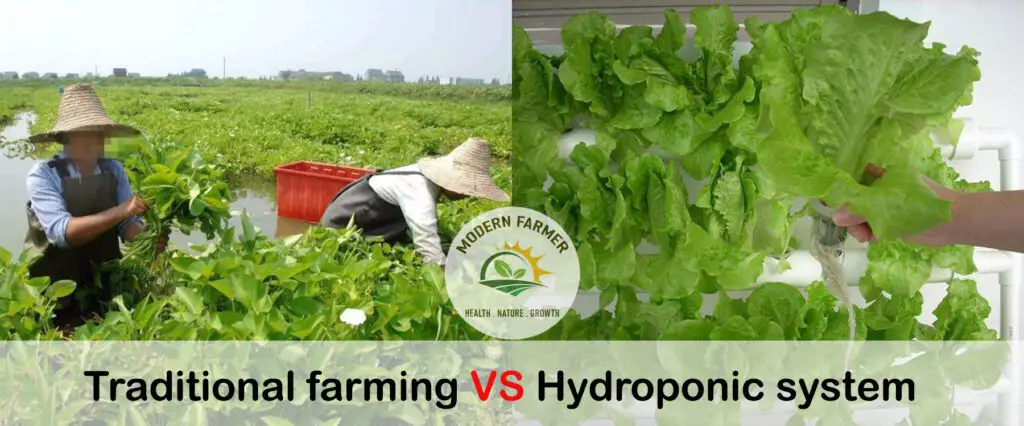
Assessing the Pros and Cons of Traditional Garden Pots
When it comes to traditional gardening, the choice of garden pots plays a crucial role in the overall success of your plants. Traditional garden pots, such as clay or terracotta pots, have been used for centuries and continue to be a popular option among gardeners. These pots have several advantages that make them a trusted choice for many. Firstly, traditional garden pots are known for their breathability, allowing air to circulate around the root system and preventing the soil from becoming waterlogged. This promotes better root health and reduces the risk of root rot, a common problem in plants grown in containers. Additionally, traditional garden pots are typically heavier and more stable than other types of pots, making them less likely to tip over or get blown away by strong winds.
On the other hand, there are a few drawbacks to using traditional garden pots. One notable disadvantage is their tendency to dry out more quickly than other types of containers. As clay pots are porous, they can lose moisture through evaporation more rapidly, leading to the need for more frequent watering. Moreover, these pots are prone to cracking, especially if exposed to extreme temperatures or sudden temperature changes. This can be a significant concern, as cracked pots not only compromise the aesthetic appeal but also allow air and water to escape, potentially affecting the plant’s overall health. Additionally, traditional garden pots can be relatively more challenging to clean and maintain due to their porous nature, which can attract and retain dirt, debris, and mineral deposits over time.
Overall, traditional garden pots offer numerous benefits for those who prefer a classic approach to gardening. However, it is essential to consider factors such as watering requirements and maintenance before deciding on the best pot type for your specific needs. With careful consideration and proper care, traditional garden pots can provide a reliable and aesthetic option for cultivating healthy and thriving plants in your garden.
Factors to Consider When Choosing Garden Pots for Hydroponics
When choosing garden pots for hydroponics, there are several factors to consider to ensure optimal growth and yield. One crucial factor is the material of the pot. It is recommended to use non-porous materials such as plastic or clay pots with glazed interiors. These materials prevent the absorption of water and nutrients, which is essential for maintaining the nutrient balance in hydroponic systems. Additionally, plastic pots are lightweight and easy to clean, while clay pots provide better insulation and breathability for the plants’ root systems.
Another important consideration is the pot size. The size of the pot will depend on the type of plants you are growing and their root system. It is crucial to choose a pot that allows ample space for the roots to grow and spread. Too small of a pot can restrict root growth, leading to stunted plants, while excessively large pots can promote waterlogging and nutrient imbalances. Consulting specific plant guidelines or seeking advice from experienced hydroponic gardeners can help determine the ideal pot size for different crops.
Furthermore, the design and structure of the pot should be taken into account. Look for pots with adequate drainage holes to prevent waterlogging and promote oxygenation of the root system. Proper drainage is crucial to avoid root rot and other water-related issues. Additionally, consider pots with built-in support structures, such as trellises or cages, for vining plants or heavy-fruited crops. These supports can help plants grow vertically and maximize space utilization in hydroponic setups.
By carefully considering the material, size, and design of garden pots for hydroponics, you can create an optimal growing environment for your plants. However, these factors are just the beginning. In the next section, we will explore additional considerations and tips to help you select the perfect garden pots for your hydroponic system.
Factors to Consider When Choosing Garden Pots for Traditional Growing
When it comes to traditional gardening, choosing the right garden pots is essential for the success of your plants. There are several factors that should be considered before making a decision. First and foremost, you need to think about the size of the pot. The size will depend on the type of plant you are growing and its root system. It’s important to choose a pot that is big enough to accommodate the plant’s roots and allow for proper growth.
Another factor to consider is the material of the garden pot. There are various options available, such as clay, plastic, and ceramic. Each material has its own advantages and disadvantages. Clay pots, for example, are porous and allow for better air circulation, but they may dry out more quickly. Plastic pots, on the other hand, are lightweight and retain moisture well, but they may not provide as much breathability for the roots. Ceramic pots offer a stylish and durable option, but they are heavier and can break more easily. It’s important to weigh these factors and choose the material that best suits your needs.
In addition to size and material, drainage is another crucial aspect when selecting garden pots for traditional growing. Proper drainage is essential to prevent waterlogged soil, which can lead to root rot and other issues. Make sure the pot has adequate drainage holes at the bottom to allow excess water to escape. Additionally, consider using pot saucers or raising the pots slightly off the ground to prevent water from pooling underneath.
Overall, choosing the right garden pots for traditional growing requires careful consideration of factors such as size, material, and drainage. By taking these factors into account, you can create an optimal environment for your plants to thrive and ensure a successful gardening experience.

The Importance of Size and Material in Garden Pots for Hydroponics
When it comes to hydroponic gardening, choosing the right size and material for your garden pots is essential for the success of your plants. The size of the pot directly affects the root growth and nutrient absorption of the plants. If the pot is too small, the roots may become overcrowded and restrict the plant’s growth. On the other hand, if the pot is too large, it can lead to excessive moisture retention and hinder the oxygen supply to the roots.
In terms of material, there are several options available for hydroponic garden pots. One popular choice is plastic pots, which are lightweight, durable, and relatively affordable. Plastic pots also retain moisture well, which can be beneficial for water-loving plants. However, it’s important to note that some plastic pots may release chemicals into the water, potentially affecting the quality of the nutrients and the overall health of the plants. Alternatively, you can opt for fabric pots, which provide excellent aeration and drainage for the roots. These pots are breathable and prevent the buildup of excess moisture, reducing the risk of root rot. Additionally, fabric pots allow the roots to self-prune, leading to healthier root structures. Overall, the size and material of your garden pots play a crucial role in maintaining an optimal growing environment for your hydroponic plants. By carefully considering these factors, you can ensure the health and productivity of your crop.
The Role of Drainage in Choosing Garden Pots for Traditional Growing
Drainage plays a vital role in choosing the right garden pots for traditional growing methods. Adequate drainage is essential to prevent waterlogged soil, root rot, and other issues that can hinder the growth of plants. When water accumulates in the soil and cannot drain properly, it can lead to oxygen deprivation for the roots, causing them to suffocate. This can have a detrimental effect on the overall health and productivity of the plants.
Garden pots with drainage holes allow excess water to escape, ensuring that the soil remains well-drained and aerated. The drainage holes facilitate the removal of excess water, preventing it from pooling at the bottom of the pot. The presence of these holes not only helps to maintain optimal moisture levels but also allows fresh air to reach the roots, promoting healthy root development. In addition to drainage holes, it is important to choose pots made from materials that allow for proper air circulation to further aid in maintaining adequate drainage for traditional growing.
Comparing the Top Garden Pots for Hydroponics: A Comprehensive Review
When it comes to hydroponic gardening, choosing the right garden pots is crucial for the success of your plants. With a wide variety of options available in the market, it can be overwhelming to decide which pot would be best suited for your hydroponic system. In this comprehensive review, we will compare the top garden pots for hydroponics based on their design, material, and performance to help you make an informed decision.
One of the popular options in hydroponic gardening is the fabric pot. Made from breathable fabric materials, these pots promote better root aeration and prevent overwatering by allowing excess moisture to evaporate. The fabric pots also offer excellent drainage and prevent the accumulation of salt and mineral build-up. On the other hand, plastic pots are lightweight and durable, making them a convenient choice for hydroponics. They are available in various sizes and shapes and come with built-in drainage holes. However, it is important to ensure that the plastic used is food-safe and does not leach harmful chemicals into the nutrient solution.
Evaluating the Top Garden Pots for Traditional Growing: A Comprehensive Review
When it comes to traditional growing methods, the choice of garden pots is crucial for the success of your plants. In this comprehensive review, we will evaluate the top garden pots for traditional growing based on their key features and performance.
First and foremost, one of the most important factors to consider is the material of the pot. Clay pots, for example, are a popular choice due to their ability to retain moisture and provide good insulation for the roots. Their porous nature allows for better drainage and aeration, preventing waterlogged soil and root rot. On the other hand, plastic pots are lightweight, durable, and affordable, but they may not offer the same level of breathability as clay pots. In addition to material, size is another critical consideration. Ensuring that the pot is large enough to accommodate the root system of the plant is essential for proper growth and development. Moreover, the pot should have sufficient drainage holes to prevent water buildup and subsequent root damage.
As we delve into the review of top garden pots for traditional growing, we will examine the various options available in the market and provide you with informative insights to help you make an informed decision for your gardening needs. hydroponic and traditional growing method. Stay tuned as we explore the pros and cons of each pot type, highlighting their key features and how they contribute to the overall health and vitality of your plants. Whether you are a seasoned gardener or a beginner, understanding the characteristics of different garden pots will undoubtedly enhance your gardening experience.
Here’s a table comparing hydroponic and traditional growing methods:
| Aspect | Hydroponic Growing | Traditional Growing |
|---|---|---|
| Growing Medium | Hydroponic systems use soil-less mediums such as perlite, vermiculite, coco coir, or rockwool. | Traditional growing involves soil as the primary growing medium. |
| Nutrient Delivery | Plants receive nutrients directly through nutrient-rich water solutions. | Nutrients are obtained from the soil, and water-soluble fertilizers may be added as needed. |
| Water Usage | Hydroponic systems often use less water as it is recirculated, and there’s minimal evaporation. | Traditional methods may require more water, and water management is crucial to prevent wastage. |
| Control over Nutrients | Precise control over nutrient levels allows for optimal plant nutrition. | Nutrient levels depend on the soil composition, and adjustments may be needed based on soil tests. |
| Growth Rate | Plants in hydroponic systems often grow faster due to direct access to nutrients and oxygen. | Growth rates may vary, influenced by soil quality, climate, and the chosen plant species. |
| Space Efficiency | Hydroponic systems can be more space-efficient as they don’t rely on expansive soil beds. | Traditional gardens may require more space for soil beds, depending on the cultivation method. |
| Weed and Pest Control | Hydroponic systems generally have fewer issues with weeds, and pest control may be more manageable. | Traditional gardens may require regular weeding and pest control measures to maintain plant health. |
| pH Management | pH levels are closely monitored and adjusted as needed for optimal nutrient absorption. | pH levels in the soil are crucial, and amendments may be required to maintain the correct range. |
| Environmental Impact | Hydroponic systems may use fewer resources and have a smaller environmental footprint. | Traditional growing may have a larger environmental impact due to soil cultivation and water usage. |
| Suitability for Indoor Growing | Hydroponic systems are well-suited for indoor cultivation, providing controlled environments. | Traditional methods can be adapted indoors, but may require additional considerations like lighting. |
Both hydroponic and traditional growing have their advantages and considerations, and the choice depends on factors such as available space, resources, and the specific needs of the plants being cultivated.
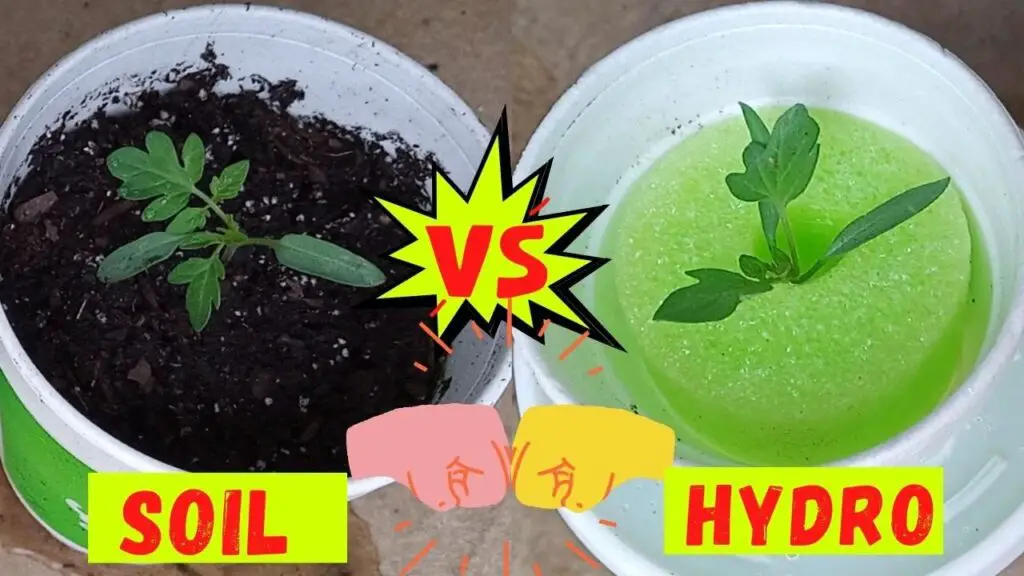
Choosing the Right Garden Pots for Hydroponics: Key Product Recommendations- hydroponic and traditional growing
When it comes to hydroponics, choosing the right garden pots is crucial for the success of your plants. There are various options available in the market, each with its own unique features and benefits. It is essential to consider factors such as size, material, and drainage requirements to ensure optimal growth and productivity.
One key recommendation for hydroponic gardening is to opt for pots that provide excellent root aeration and drainage. This is especially important in hydroponic systems where the roots are directly exposed to the nutrient solution. Look for pots with multiple small holes or slits around the sides and bottom to allow proper circulation of air and water. Additionally, consider pots made from materials like fabric or clay, as they offer better breathability and prevent root rot. These features promote healthy root development, preventing diseases and improving nutrient absorption.
Another important aspect to consider is the size of the garden pots. Choose pots that are appropriately sized for the type of plants you are growing. Larger pots provide more space for root expansion and allow for greater nutrient absorption. On the other hand, smaller pots can be suitable for smaller plants or when space is limited. It is important to strike the right balance between the pot size and the size of the plant to ensure optimum growth.
In the next section of this article, we will explore some of the top garden pots available in the market for hydroponic gardening. By considering these key product recommendations, you can make an informed decision and provide the best growing environment for your hydroponic plants. Stay tuned for expert insights and detailed reviews to help you choose the right garden pots for your hydroponic setup.
Selecting the Perfect Garden Pots for hydroponic and traditional growing: Key Product Recommendations
When it comes to traditional growing methods, selecting the perfect garden pots can significantly impact the success of your plants. While there are various options available on the market, it is essential to consider certain factors before making your purchase. One crucial aspect to consider is the material of the garden pot. Clay pots are a popular choice for traditional growing as they offer excellent breathability and allow excess moisture to escape, preventing the roots from becoming waterlogged. Additionally, clay pots have natural insulation properties, helping to regulate the temperature of the soil and protect plants from extreme weather conditions. Another material worth considering is plastic, which is lightweight, durable, and affordable. Plastic pots retain moisture well, reducing the frequency of watering required and can be easily cleaned and reused. However, plastic pots may not provide the same level of breathability as clay pots, and without proper drainage holes, they can lead to overwatering and root rot.
In addition to material, size is also an important factor to consider when selecting garden pots for traditional growing. The size of the pot should be appropriate for the type and size of the plant you intend to grow. A pot that is too small may restrict root development and lead to stunted growth, while a pot that is too large can result in excess soil moisture and poor drainage. Consider the mature size of your plants and choose a pot that allows for adequate root space and growth. It is also crucial to ensure that the pot has sufficient drainage holes to prevent water from collecting at the bottom and potentially causing root rot. Well-draining pots help maintain optimal soil moisture levels, preventing waterlogged conditions that can be detrimental to plant health. By carefully considering the material, size, and drainage of garden pots for traditional growing, you can provide your plants with the ideal environment for healthy growth and thriving crops.
Tips and Tricks for Maintaining Garden Pots in hydroponic and traditional growing
Maintaining garden pots in hydroponic systems requires attention to detail and regular care to ensure optimal plant growth. Here are some tips and tricks to help you keep your hydroponic garden pots in great condition:
1. Monitor nutrient levels: Hydroponic systems rely on a nutrient solution to nourish the plants. Regularly test the solution to ensure it contains the right balance of nutrients. Adjusting the levels as needed will prevent nutrient deficiencies or toxicity, promoting healthy growth.
2. Check pH levels: pH plays a crucial role in nutrient availability to plants. Keep a close eye on the pH of your hydroponic solution and adjust it accordingly. Most plants thrive in a pH range of 5.5 to 6.5. Maintaining the appropriate pH level will help plants absorb nutrients efficiently and reduce the risk of nutrient lockout.
3. Clean and sterilize pots in hydroponic and traditional growing: Regularly cleaning and sterilizing your garden pots is essential to prevent the buildup of algae, fungi, and harmful bacteria. Before reusing the pots, scrub them thoroughly using a mild solution of hydrogen peroxide or a bleach-water mixture to eliminate any potential pathogens.
4. Ensure proper water circulation in hydroponic and traditional growing: Efficient water circulation is vital for hydroponic systems. Make sure the water pump and other components are functioning correctly to prevent stagnant water and ensure sufficient oxygenation for plant roots.
5. Prevent root clogging: Keep an eye out for root clogs in your hydroponic pots. These can prohibit water and nutrient absorption, leading to plant stress. Regularly inspect the root systems and remove any tangled or excess roots to maintain healthy growth.
By following these tips and implementing proper maintenance practices in hydroponic and traditional growing, you can ensure your hydroponic garden pots contribute to thriving and robust plant growth.
Essential Care and Maintenance for Garden Pots in Traditional Growing Methods
Taking care of garden pots in traditional growing methods is essential to ensure healthy and thriving plants. One of the most important aspects of maintenance is proper watering. Over-watering can lead to root rot and a lack of oxygen for the plants, while under-watering can cause dehydration and stunted growth. It is crucial to find the right balance by monitoring the soil moisture levels and adjusting the watering frequency accordingly. Additionally, it is advisable to use a well-draining potting mix that allows excess water to escape, preventing waterlogged conditions.
Regular cleaning of garden pots is another important maintenance task. This helps prevent the buildup of debris, algae, and fungal growth that can hinder plant growth and contribute to disease. Scrubbing the pots with a mixture of water and mild detergent, followed by thorough rinsing, is an effective way to keep them clean. It is also recommended to periodically sterilize the pots by soaking them in a diluted bleach solution to eliminate any remaining pathogens or pests.
In summary, proper watering and regular cleaning are key components of maintaining garden pots in hydroponic and traditional growing. By ensuring hydroponic and traditional growing plants receive adequate water and preventing the buildup of harmful substances, gardeners can create an optimal environment for healthy and thriving plants.
How often should I water my plants in garden pots for hydroponics?
The watering frequency for hydroponic garden pots depends on the specific plants you are growing and the type of hydroponic system you are using. Generally, hydroponic and traditional growing is recommended to monitor the moisture levels of the growing medium and water as needed to keep it consistently moist.
Can I reuse garden pots for hydroponic and traditional growing?
Yes, garden pots used for traditional growing can be reused. However, it is important to clean and sterilize them properly before reusing to prevent the spread of diseases or pests. Remove any old soil, wash the pots with mild soap and water, and disinfect them with a diluted bleach solution.
Should I use saucers or trays under garden pots for hydroponic and traditional growing?
In hydroponic systems, it is not necessary to use saucers or trays under garden pots as the excess water is usually drained away. However, if you prefer to use them for aesthetic purposes or to catch any potential drips, make sure they are clean and do not impede proper drainage.
What is the ideal potting mix for traditional garden pots?
The ideal potting mix for traditional garden pots should be well-draining and provide adequate nutrients and aeration for plant growth. A common potting mix consists of a combination of soil, compost, and organic matter, such as peat moss or coconut coir.
Are plastic garden pots suitable for hydroponics?
Plastic garden pots can be suitable for hydroponics, especially if they are made from food-grade and UV-resistant materials. However, it is important to ensure these pots have proper drainage holes and are compatible with the hydroponic system you are using.
How can I prevent root rot in traditional garden pots?
To prevent root rot in traditional garden pots, ensure proper drainage by using pots with drainage holes and using well-draining potting soil. Avoid overwatering the plants and allow the top layer of soil to dry out between waterings. Additionally, providing adequate air circulation and avoiding overcrowding of plants can also help prevent root rot.
Can I use hydroponic garden pots for outdoor gardening?
Hydroponic garden pots can be used for outdoor gardening, but it is important to consider the environmental factors such as temperature, sunlight exposure, and wind. Ensure the pots are sturdy and stable to withstand outdoor conditions and make appropriate adjustments to the hydroponic system to compensate for outdoor elements.
What are the benefits of using fabric garden pots for hydroponics?
Fabric garden pots, also known as smart pots or grow bags, offer several benefits for hydroponics. They provide better root aeration, promote healthier root growth, have superior drainage, and prevent overwatering. Additionally, fabric pots can be folded and stored easily, making them convenient for growers with limited space.

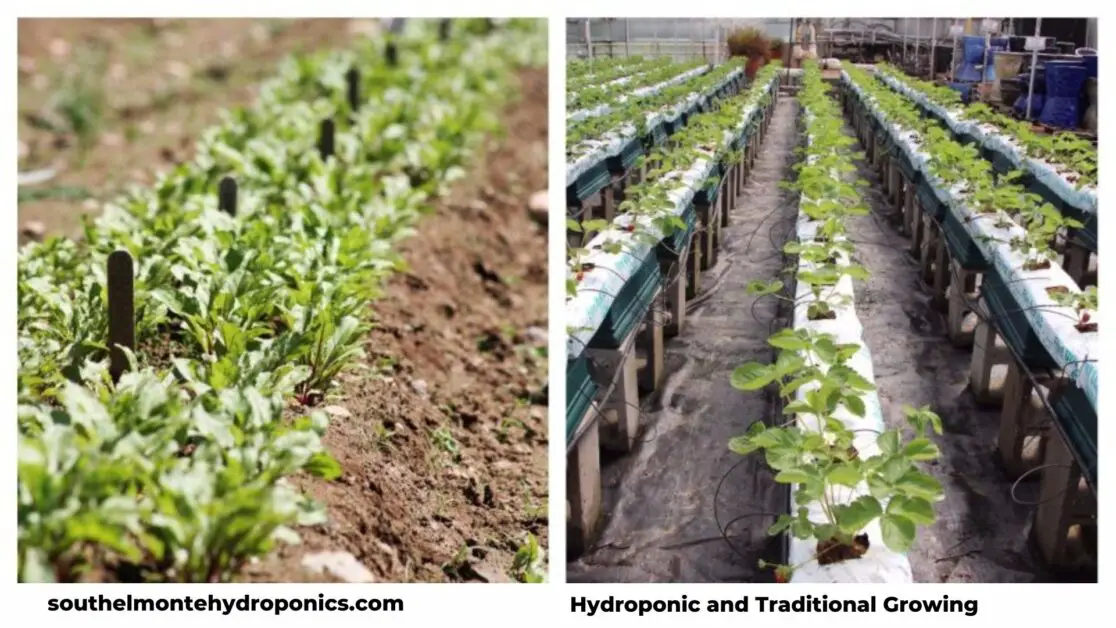
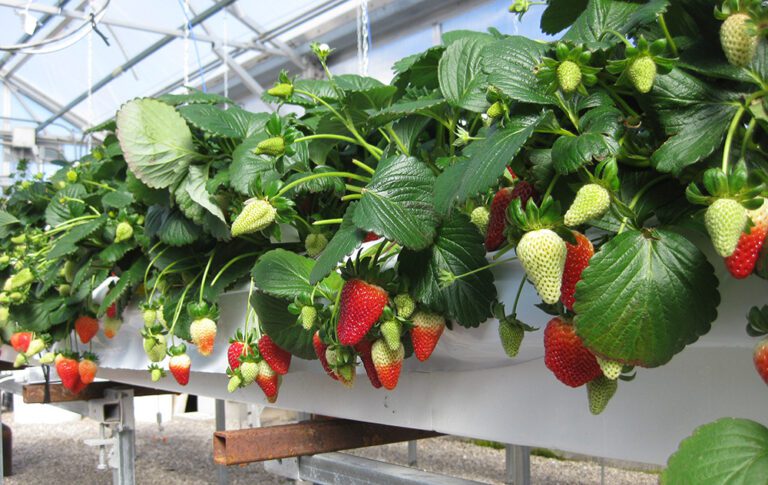
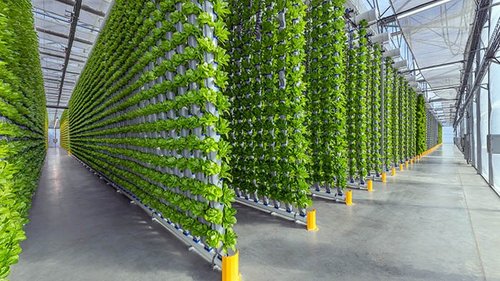
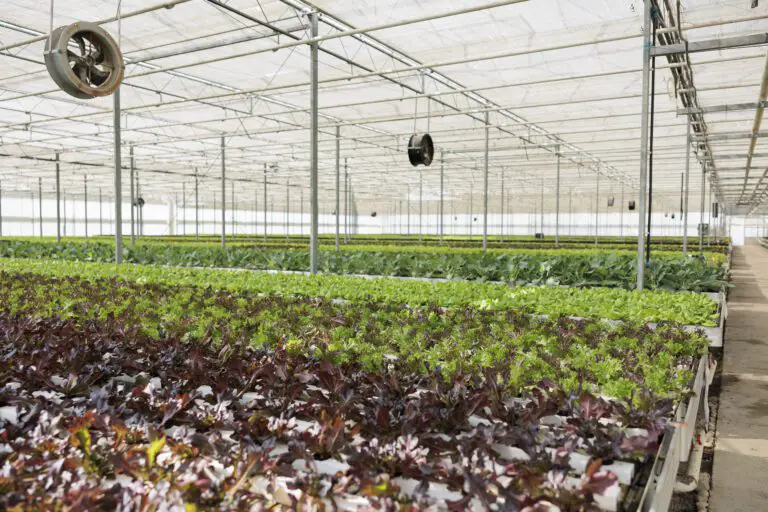
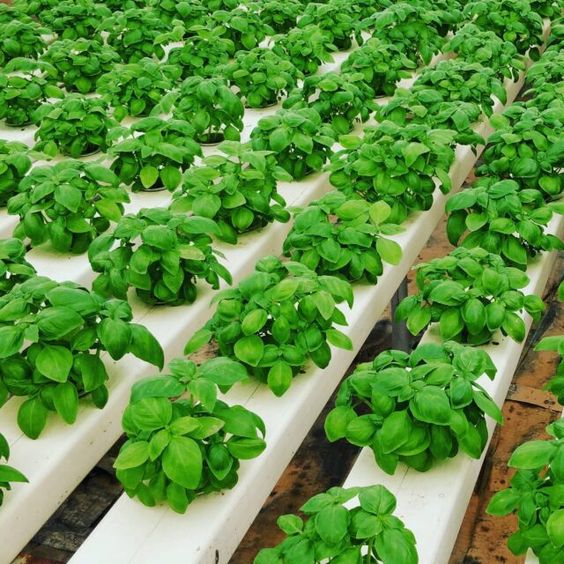

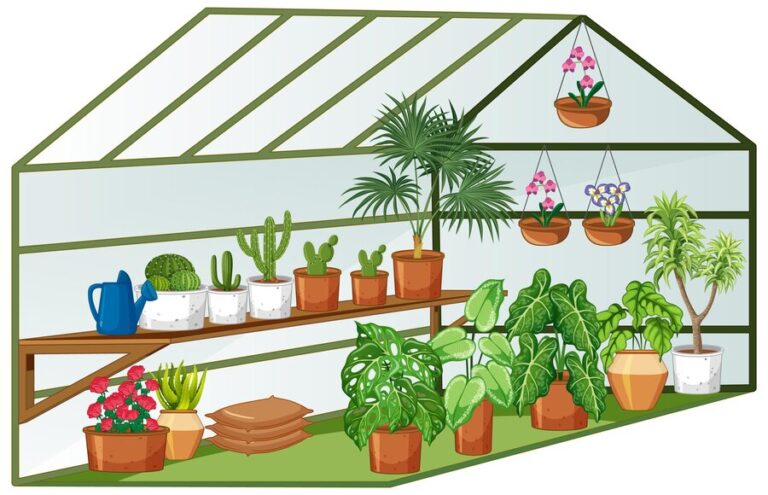
One Comment